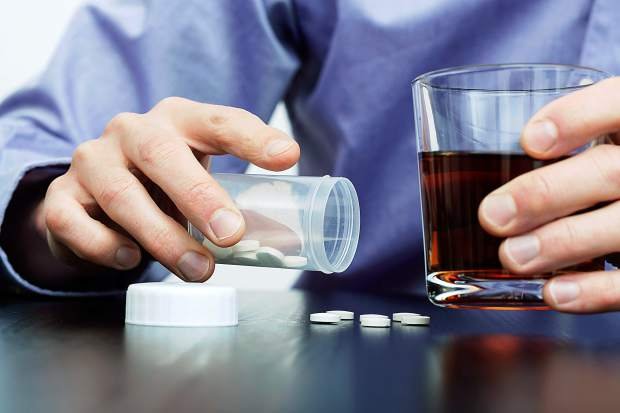The portrayal of LGBTQ individuals in popular culture often emphasizes their overall health and fitness, with a particular spotlight on gay men dedicated to sculpting the perfect physique through rigorous gym sessions. However, this representation can be misleading, as it tends to overlook the prevalent issue of drug abuse and addiction within the LGBTQ community. If you find yourself in Arizona dealing with substance abuse, we recommend seeking support from drug rehab centers in Arizona.
Substance abuse and addiction are challenges that cut across all socio-economic classes, genders, and sexual orientations. Yet, the LGBTQ community faces significantly higher rates, with approximately 20 to 30 percent grappling with drug or alcohol abuse issues, in contrast to nine percent among the heterosexual population.
Breaking down the statistics further:
- Tobacco use is up to 200 percent higher among gay and transgender men compared to their heterosexual and cis-gender counterparts.
- Gay men are 12.2 times more likely to use amphetamines than heterosexual men.
- Heavy alcohol use affects an estimated 25 percent of the LGBTQ population, while it ranges from five to 10 percent among heterosexuals.
- Gay men are 9.5 times more likely to use heroin and 12.2 times more likely to use amphetamines than straight men.
The primary factor contributing to these elevated rates within the LGBTQ community is the social stigma and isolation experienced by many individuals. Despite significant progress in LGBTQ rights, discrimination persists, creating an environment where drug abuse becomes a coping mechanism.
Challenges include:
- Legal Discrimination: In some parts of the country, discrimination against LGBTQ individuals remains legal, impacting various aspects of their lives.
- Hate Crimes and Violence: Rising rates of hate crimes and violence against the LGBTQ community, often justified based on sexual orientation or gender expression, contribute to the ongoing challenges.
- Access to Care: While strides have been made in some states, discrimination laws and access to healthcare can vary, affecting the LGBTQ community’s ability to seek support.
Addressing this trend requires comprehensive efforts. Access to care and drug education programs is essential, but effective change requires awareness of the unique issues faced by the LGBTQ community. Recommendations include ongoing cross-cultural training for medical professionals and addiction specialists, as well as diversifying the healthcare workforce.
Additionally, legislative action is crucial:
- Employment Non-Discrimination Act: Enact laws protecting LGBTQ citizens from employment discrimination in all states.
- Housing Opportunities Made Equal Act: Enact laws protecting LGBTQ citizens from housing discrimination in all states.
- Respect for Marriage Act: Repeal the Defense of Marriage Act and provide federal recognition for married same-sex couples.
- Health Equity and Accountability Act: Enhance data collection on sexual orientation and gender identity in federal health programs, addressing health disparities in the LGBTQ community.
Efforts should also focus on repealing discriminatory laws, banning conversion therapy, and eliminating the use of a victim’s sexuality or gender expression as a defense in violent crime cases against LGBTQ individuals. By combining access to care, education, and legislative measures, we can work towards reducing the rates of drug abuse and addiction within the LGBTQ community.
